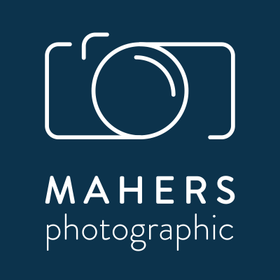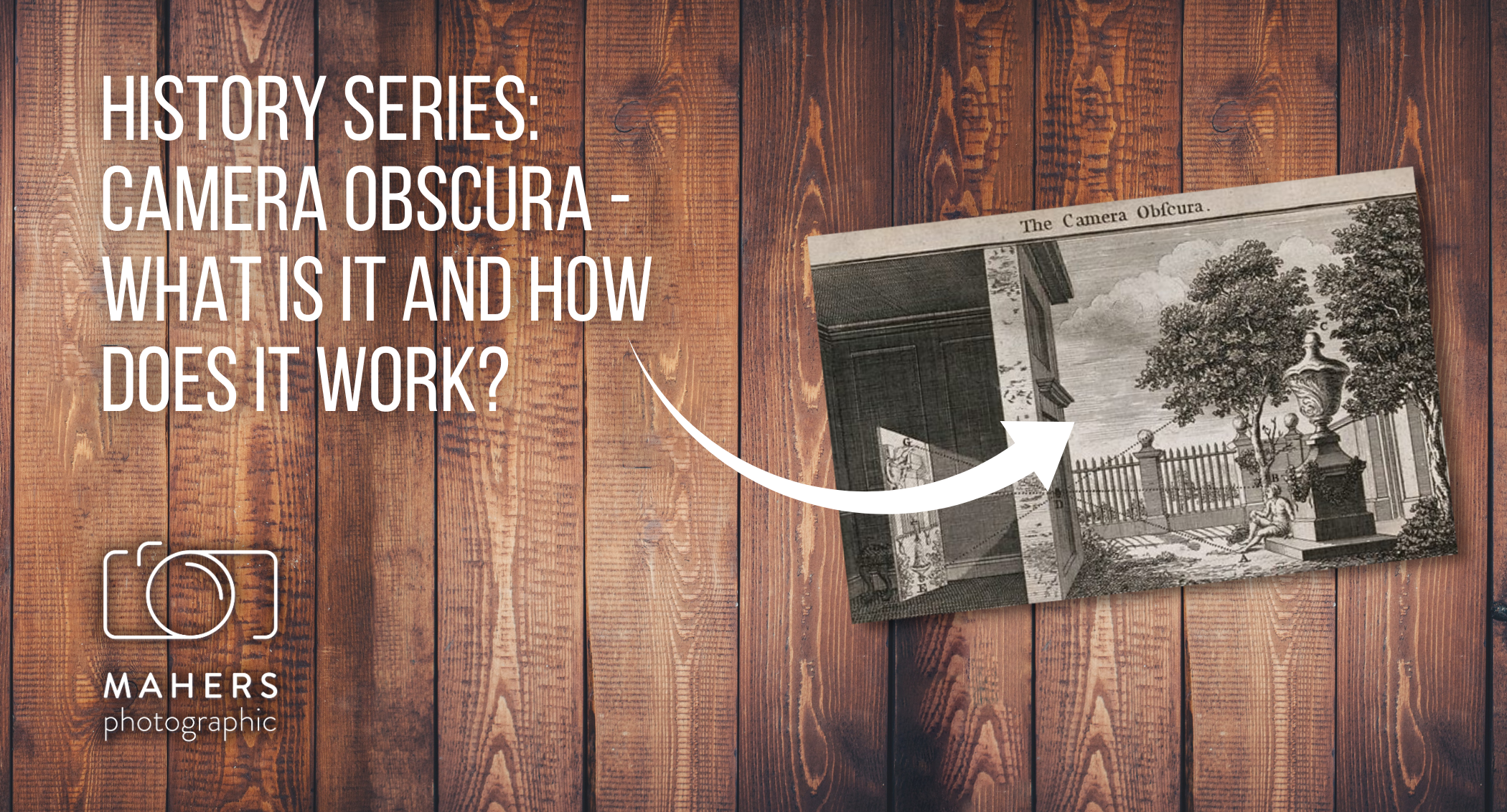Camera obscura’ literally means ‘dark room’ in Latin. In its simplest form a camera obscura is a dark room or box that is almost completely light-proofed with the only light source being a pinhole on one wall or side. The scene outside is magically recreated inside the darkened room, via a method using a law of physics known as the rectilinear propagation of light, meaning that light always travels in straight lines. Rays of light from the scene outside enter the box via the pinhole, crossing and re-emerging on the opposite wall inside the room in an upside-down configuration and reversed left to right.
Engraving of a "portable" camera obscura in Athanasius Kircher's Ars Magna Lucis Et Umbrae (1645)

Inherent problems with the camera obscura were that not only were the images reversed and upside down, they were usually of low luminosity and sometimes difficult to see. Early experiments saw the adding of a type of lens in the pinhole to sharpen the image, and the use of mirrors to reverse the image when it appeared on the wall opposite. The image also, frustratingly for modern eyes, didn’t allow the projected image to be captured easily or in a more permanent state. It was a fleeting ‘of-the-moment’ phenomenon.
Despite the drawbacks, for millennia, the camera obscura was a useful tool for artists, astronomers and many more, and of huge interest to scientists, scholars and philosophers. Chinese polymath Shen Kua described the basic principles of this phenomenon, while renowned Iranian scholar Al-Hassan Ibn al-Haytham described a working model of a camera obscura, both in the 11th century. While these were just theories, many scholars and artists used these teachings to develop further thought. In particular, English mediaeval philosopher Roger Bacon developed his thinking on optics while Renaissance master Leonardo da Vinci explored the idea of using it as a technical tool for the artist, allowing them to capture scenes with complex structures and perspectives more easily by tracing the projected scene onto paper. Dutch physician, mathematician and instrument maker Gemma Frisius built and used his camera obscura to study the solar eclipse of January 24, 1544.
Throughout history, this optical magic was viewed with amazement, and sometimes even suspicion and hostility. This meant that the activity was reasonably low key until later centuries when travel and technological progress brought new urgency into harnessing this natural phenomenon into something more permanent.
Read more here about the development of the modern photograph.

